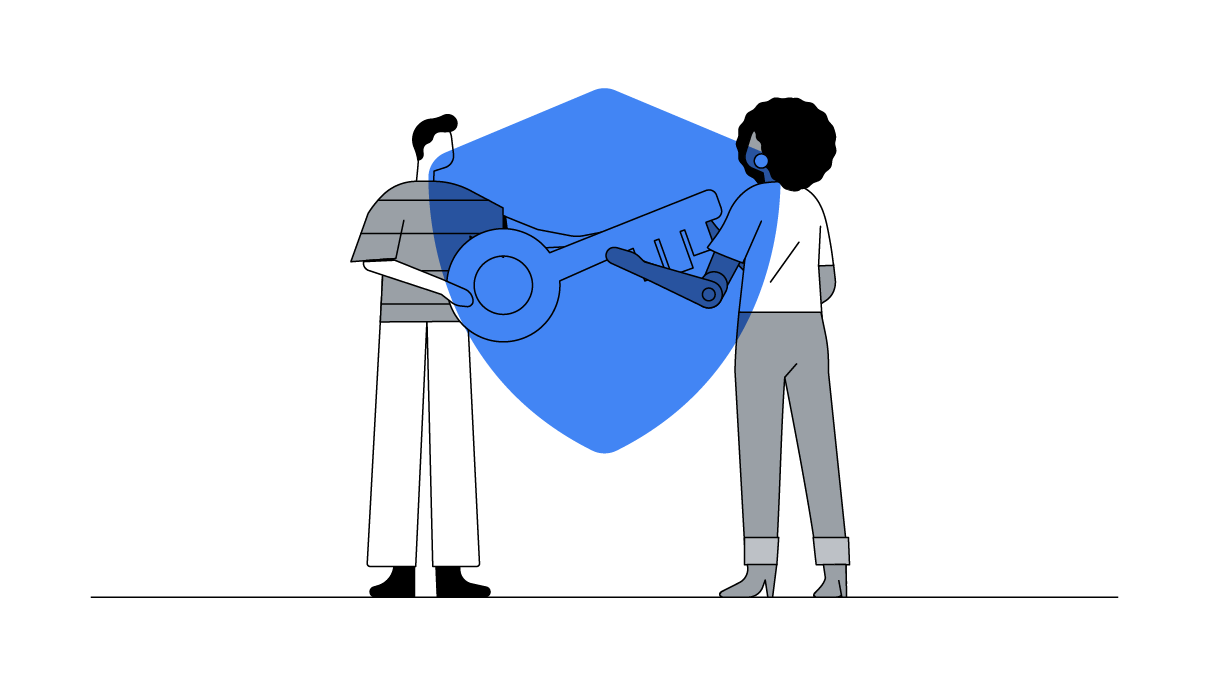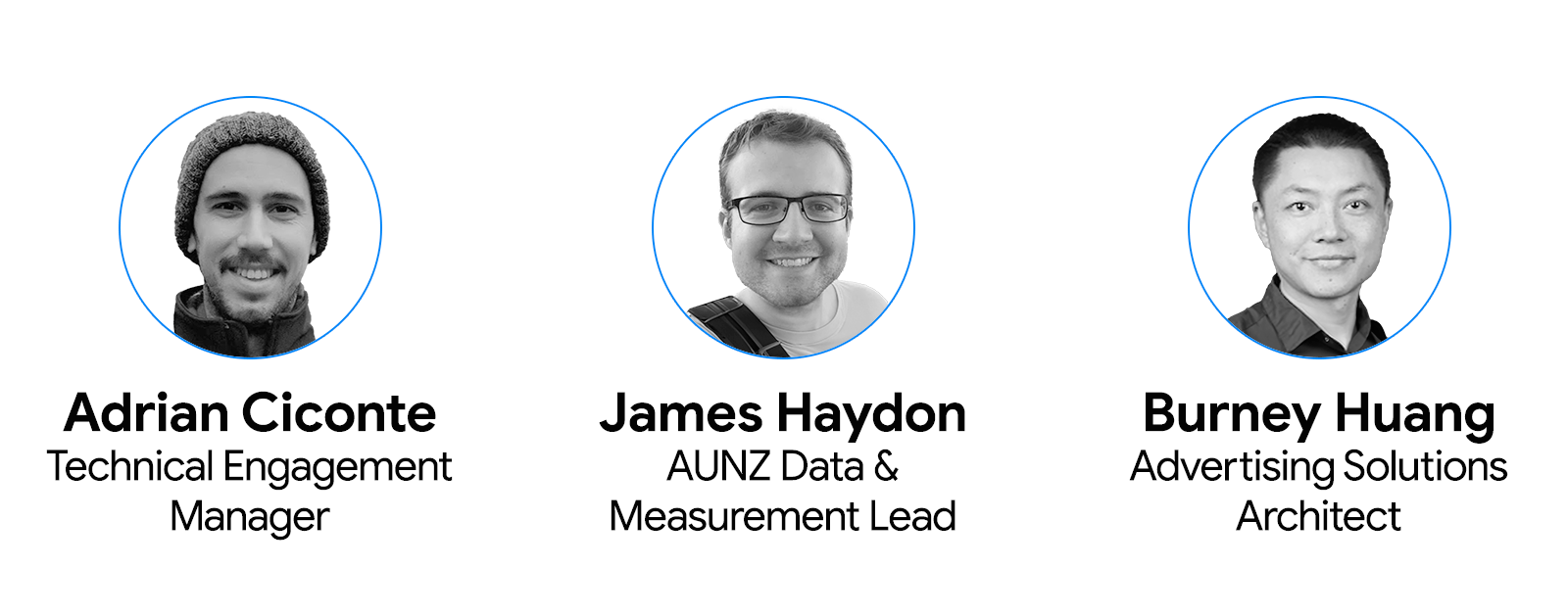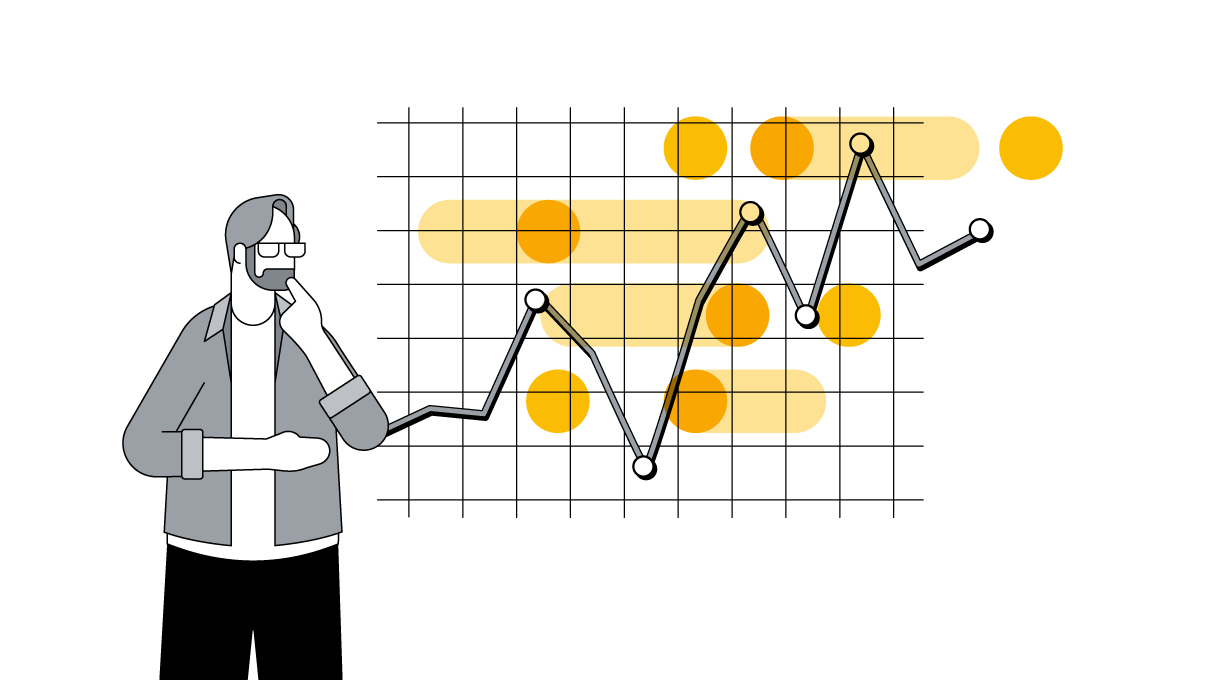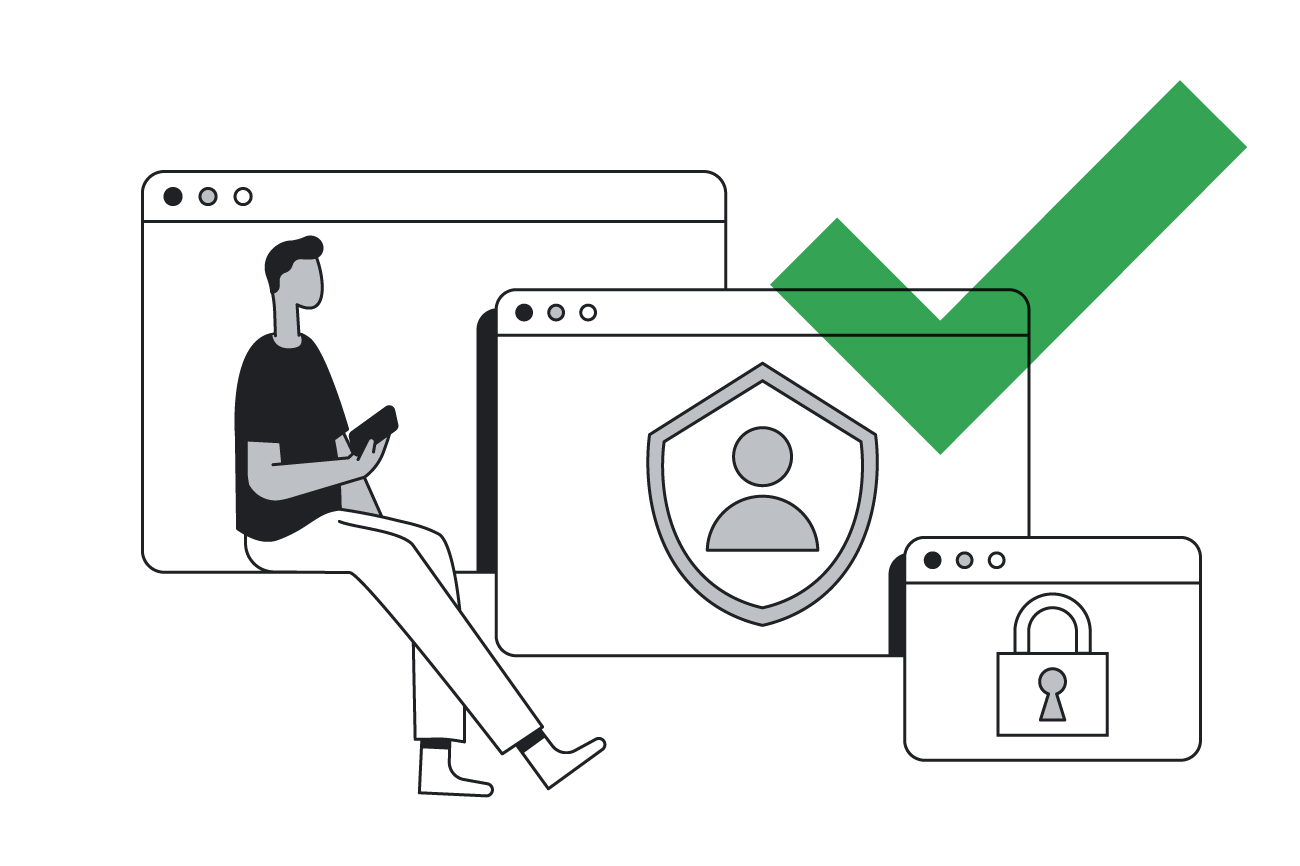
Digital marketing is approaching a pivotal moment in its history as third-party cookies, which have been in use for years on Chrome, are expected to be deprecated in the second half of 2024. With all big change comes big opportunities.
94% of Australians want brands to be transparent about the data they collect, yet 57% still feel it's important to have personalised brand experiences.
The deprecation, aimed at improving consumer privacy, means brands have new opportunities and tools to renew trust and succeed online amidst rising expectations around data privacy and ad relevance. And as marketers, you’re uniquely positioned to lead your company through a smooth transition to the cookieless future.
94% of Australians want brands to be transparent about the data they collect, yet 57% still feel it's important to have personalised brand experiences.1
With these trends at the heart of their work, our Google experts are actively helping forward-looking marketing teams implement durable measurement and first-party data solutions to boost both ad performance and relevance.
From shifting to a privacy-first mindset, to laying the groundwork with the right measurement, to leveraging AI-powered tools, they’ve compiled the most common questions they get along the way. Get all the answers first-hand, with practical steps you can take to turn privacy into a competitive advantage.
Meet the Google privacy experts behind the answers:

What mindset shifts are needed to set my organisation up for success?
Adrian Ciconte
Considering the paradigm shift the industry is experiencing, it’s time to think experimentally. Challenge yourself, your teams, and even your cross-functional teams to be open to new approaches. Working together is key, so make sure someone is appointed to streamline collaboration, to help you achieve greater agility. Embracing an experimental, privacy-first mindset like adapting to consumer trends in real time, and maintaining your organisation’s ability to deliver sustainable growth will unlock big opportunities.
What are the practical first steps you’ve seen successful businesses take to get the most out of first-party data?
Adrian Ciconte
A great starting point would be prioritising meaningful data collection – working with your teams to establish what you want to collect, why you want to collect it, and what you plan on doing with it. This could be a combination of anything like behavioural, intent, demographics, transactional, geographic and psychographic data.
You’ll gain a deeper understanding of your customers, because first-party data is the most accurate and reliable data available. You have complete control over how it’s collected, used, and shared. Plus, you’ll gain customer trust using their data in a way that is relevant to their experience.
Your first steps could look like this:
- Ask what you’re solving for.
- Review what first-party data you have.
- Decide what teams you’ll be working with.
- Look at how all your technologies work together.
- Review your customer journey, including any changes and whether you’ve adapted to the change.
I’d also suggest a refresher on our Messy Middle research. We know that the customer journey is getting more and more complex. This sets the foundation to understand how your customers interact with your products and services before, during, and after a purchase, which will be key to how you design your data strategy.
How do I know what data I should be collecting?
Adrian Ciconte
Don’t collect data just because you can, collect because it helps you drive desired outcomes. Design a robust system to collect quality data based on the customer journey. You’ll want to think about features that tell you something about what your customers are looking for, the ease of their experience, what they think about your product, and how they want to experience their online journey with your brand.
What is the best way to segment my data?
Adrian Ciconte
Organising your data into meaningful segments helps you derive value. While data segmentation is often done outside the marketing function, it’s important to collaborate with your analytics, commercial and UX teams, plus data science and engineering teams (to name a few) to make sure your data is useful in meeting both your marketing and business objectives.
Once you have a view of your customers, you can segment based on your specific use case. For example, you could use segmentation algorithms like Customer Lifetime Value, Customers Likely to Buy or Churn, leveraging Customer Match.
What products can marketers use to lay the right foundation to prepare for sustainable growth?
James Haydon
Once you've aligned your marketing goals to broader business objectives, high-quality, consented data can better guide Google AI to maximise your ROI and business outcomes, and importantly, measure your success. It all starts with having the right measurement foundations in place:
- To capture the data that matters most to you, establish sitewide tagging with Google Tag to ensure high coverage.
- For sustainable measurement, create a strong framework to collect and maintain users’ consent using consent mode.
- Micro-conversions are important, so make sure your entire sales path is tagged. That way, Google AI can optimise across it to ensure you have the best signals in place.
- As you’ll have fewer observable conversions over time, it’s imperative to have high quality signals for the conversions that are consented and observable. To do this, you can assign values to your conversions based on your business goals like revenue, profit margins or lifetime value, and then optimise towards higher-value conversions.
What can I do to maintain the accuracy of my conversion measurement after third-party cookie deprecation?
James Haydon
Set up enhanced conversions to improve the accuracy of your conversion measurement. It supplements your existing conversion tags by sending hashed first-party conversion data from your website to Google in a privacy-safe way. The feature uses a secure one-way hashing algorithm called SHA256 on your first-party customer data, such as email addresses, before sending to Google.
And as marketers, you’re uniquely positioned to advocate for high-quality data collection that will ensure long-term business success.
Enhanced conversions can give you a more accurate view of how people convert after engaging with your ads, including post-view and cross device conversions, while also keeping your first-party data secure. For example, advertisers that implemented enhanced conversions saw a conversion rate improvement of 17% on YouTube,2 making it one of the most important steps to take in preparation for third-party cookie deprecation.
How are privacy, first-party data and AI linked?
James Haydon
Your first-party data feeds any AI-powered solution. AI will continue to increase in importance, and first-party data is the critical fuel in the equation to align AI-powered tools with what your business cares about. And as marketers, you’re uniquely positioned to advocate for high-quality data collection that will ensure long-term business success. When effective consented first-party data strategies are applied with Google AI, we’ve seen marketers improve campaign performance, increase conversions, and grow sales.
How can I continue to reach the right audiences to maximise my campaign results?
Burney Huang
Personalised experiences have become the expectation for brands, and fostering a connection with customers shouldn’t have to be taxing. We know that it’s no longer enough to simply be in the right place at the right time – marketers need to solve for reach at scale, and machine learning can help. While you’ve likely already heard of tools like broad match, Performance Max and Smart Bidding, let’s take this one step further.
To achieve your fullest potential as a marketer, you need to pair the power of AI with your unique expertise.
By determining the likelihood of a meaningful connection between a customer and a brand, optimised targeting lets advertisers find new and relevant customers likely to convert within their campaign goals.
My biggest tip? This takes patience and trust in the process. My clients and I have learned that the algorithm takes time to learn and develop based on historical data, so wait to evaluate performance as follows:
- New campaigns: At least 50 conversions, or active for at least two weeks
- Existing campaigns: At least two weeks
How can I maintain control of my campaigns?
Burney Huang
When we start leaning on automated solutions more than before, you may feel like you need more control. But remember, you are already in complete control. By providing valuable inputs, you’re in the driver’s seat. And the AI-powered solutions learn from them, to perform within Google’s guardrails. To achieve your fullest potential as a marketer, you need to pair the power of AI with your unique expertise.
Putting insight into action
There you have it. So if you haven’t already, now is the time for your brand to gear up for this big opportunity ahead – putting in place a new plan to align with rising data privacy expectations. With these tips from our Google experts, you can stay agile with an experimental mindset, define and measure success, and maximise results with AI-powered solutions. By using customer data both responsibly and strategically, you’ll discover how privacy and performance can go hand-in-hand.
Ready to make a privacy-first plan? Get the Foundations for durable ads performance checklist to make confident decisions grounded in insights.








